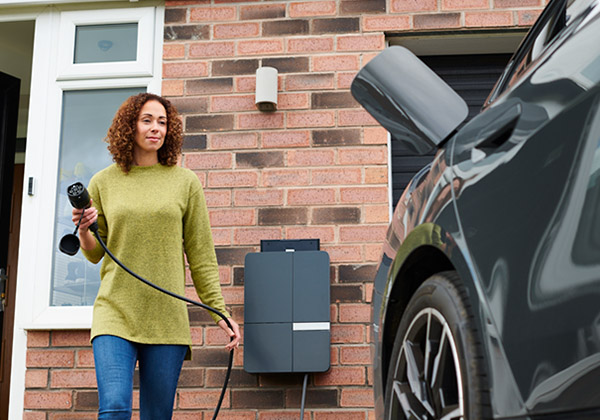Getting the most out of solar with standards
Statements
- The use of solar panels in Australia is increasing as individuals look for more sustainable sources of energy to run their households.
- Standards Australia has today published AS/NZS 4777.2 Grid connection of energy systems via inverters, Part 2: Inverter requirements.
- The revised inverter standard aims to support grid capacity and the correct installation of solar products.
Across Australia, over 2 million households now have rooftop solar photovoltaic (PV) installed. In South Australia alone, rooftop solar has contributed up to 77 percent of the state’s energy needs at times. This shift, while positive for the environment, is also seeing a huge amount of pressure put on the grid [1,2].
“Solar is a popular energy source supporting a more sustainable Australia, but for it to reach its full potential, there needs to be strong guidance that can assist with the seamless conversion of the energy produced,” said Roland Terry-Lloyd, Head of Standards Development at Standards Australia.
To further support the use of inverters, Standards Australia has today published, AS/NZS 4777.2 Grid connection of energy systems via inverters, Part 2: Inverter requirements. Inverters feed and adjust energy going into the grid, making them essential tools for grid stability.
“The update to the standard addresses the identified impacts on the electricity grid from the continuing uptake of inverter energy systems, particularly solar PVs, by customers. The changes will improve inverter performance and assist in maintaining a safe and stable supply for the community while continuing to use the renewable energy generated,” said Nigel Wilmot, Senior Standards and Technology Engineer at Western Power.
“AEMO welcomes the publication of this guidance, which will assist in providing Australians with greater access to reliable and secure energy. Its successful development reflects strong collaboration between Standards Australia, government and industry,” said Violette Mouchaileh, Chief Member Services Officer for the Australian Energy Market Operator (AEMO).
“Standards Australia looks forward to continuing to support the infrastructure and products needed to make renewable energy an option for more Australians,” concluded Mr. Terry Lloyd.
[1] https://arena.gov.au/renewable-energy/solar/
[2] https://www.abc.net.au/news/2020-10-25/all-sa-power-from-solar-for-first-time/12810366

- The use of solar panels in Australia is increasing as individuals look for more sustainable sources of energy to run their households.
- Standards Australia has today published AS/NZS 4777.2 Grid connection of energy systems via inverters, Part 2: Inverter requirements.
- The revised inverter standard aims to support grid capacity and the correct installation of solar products.
Across Australia, over 2 million households now have rooftop solar photovoltaic (PV) installed. In South Australia alone, rooftop solar has contributed up to 77 percent of the state’s energy needs at times. This shift, while positive for the environment, is also seeing a huge amount of pressure put on the grid [1,2].
“Solar is a popular energy source supporting a more sustainable Australia, but for it to reach its full potential, there needs to be strong guidance that can assist with the seamless conversion of the energy produced,” said Roland Terry-Lloyd, Head of Standards Development at Standards Australia.
To further support the use of inverters, Standards Australia has today published, AS/NZS 4777.2 Grid connection of energy systems via inverters, Part 2: Inverter requirements. Inverters feed and adjust energy going into the grid, making them essential tools for grid stability.
“The update to the standard addresses the identified impacts on the electricity grid from the continuing uptake of inverter energy systems, particularly solar PVs, by customers. The changes will improve inverter performance and assist in maintaining a safe and stable supply for the community while continuing to use the renewable energy generated,” said Nigel Wilmot, Senior Standards and Technology Engineer at Western Power.
“AEMO welcomes the publication of this guidance, which will assist in providing Australians with greater access to reliable and secure energy. Its successful development reflects strong collaboration between Standards Australia, government and industry,” said Violette Mouchaileh, Chief Member Services Officer for the Australian Energy Market Operator (AEMO).
“Standards Australia looks forward to continuing to support the infrastructure and products needed to make renewable energy an option for more Australians,” concluded Mr. Terry Lloyd.
[1] https://arena.gov.au/renewable-energy/solar/
[2] https://www.abc.net.au/news/2020-10-25/all-sa-power-from-solar-for-first-time/12810366

Email:

Email:


